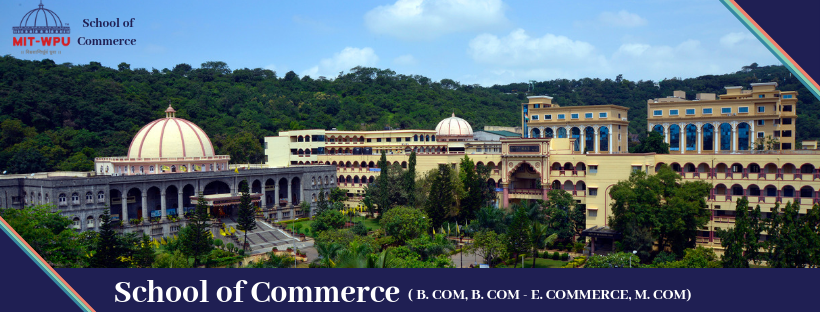MANDI : A team of researchers from the Indian Institute of Technology Mandi (IIT Mandi), led by Dr. Rajanish Giri, Assistant Professor, School of Basic Sciences, have elucidated the part of structure of a key protein in the COVID-19 virus, which helps in understanding its mode of action, its role in the spread and severity of the disease and development of antiviral therapeutics.
The team’s recent findings have been published in the journal ‘Current Research in Virological Science’, in a paper co-authored by Dr. Giri and his research scholars, Mr. Amit Kumar, Mr. Ankur Kumar and Mr. Prateek Kumar, along with Dr. Neha Garg from the Banaras Hindu University.
Current COVID-19 treatments simply manage symptoms while the body fights off the infection with its immune defence system. There are, as yet, no confirmed antiviral drugs that can stop the virus from replicating. One route to neutralising any virus is to attack its proteins; such an approach holds true for the COVID-19 virus as well and scientists across the globe are involved in studies to elucidate the structure and functions of these proteins to understand the viral disease and develop drugs that are effective against the virus.
“From a conformational or ‘shape’ point of view, several proteins contain ordered and intrinsically disordered regions. These classical conformations are in the proteins in the SARS-CoV-2 virus as well. The structure of non-structural protein 1 (NSP1) is composed of 180 amino acids. The first 1-127 region has been experimentally shown to form an independent structure by Clrak, Green & Petit from University of Alabama. However, there was no experimental proof given by any group on the 131 to 180 amino acid regions of this NSP1 protein, which plays a key role in suppressing the host immune system. With the support of Circular Dichroism spectroscopy and Molecular Dynamics Simulations our group at IIT Mandi has deciphered the conformation of this region in isolation.”, explained Dr. Rajanish Giri, Assistant Professor of Biotechnology, IIT Mandi.
This virus has sixteen non-structural proteins (NSP1–NSP16), of which, the NSP1 plays a vital role in the pathogenicity (ability to cause disease) of the virus. The NSP1 disrupts the proteins of the host cell and suppresses its immune functions. Its importance can be understood by the fact that it is also called the ‘host shutoff factor’. Particularly Nenad Ban and colleagues have found that if the C-terminal region of NSP1 i.e. 131-180 residues are removed from NSP1 then NSP1 is unable to stop the translation by ribosomes. It is therefore important to understand the molecular mechanisms, biophysical interactions, and chemistry of the interplay of the NSP1 with the host cell.
“Earlier in 2020, we have shown through bioinformatics studies that NSP1 C-terminal region has intrinsic disorder propensity between 0.4 to 0.5 scales, i.e. very close to borderline of intrinsic disorder prediction. However, without experimental studies we were not sure that this 131-180 amino acid region is actually an intrinsically disordered protein region. Generally, these regions are unfolded in solution but are folded into particular conformations when binding with specific molecules or partners inside the host cells”, said Dr. Rajanish Giri while explaining the recent developments to his previous research.
The IIT Mandi team has experimentally studied the structural conformations of SARS-CoV-2 NSP1 under various conditions – in an organic solvent, membrane mimetic environment, and inside liposomes. Using analytical techniques such as circular dichroism spectroscopy, fluorescence spectroscopy, and molecular dynamics simulations, the researchers have shown the dynamic changes in the conformation of the IDR of the NSP1, in response to its surroundings, due to hydrophobic and electrostatic interactions between the protein and the environment.
“Our finding provides valuable insight into disorder-order conformation of the NSP1 C-terminal region (residues 131-180) of the SARS-COV2 virus under various environments, which will help in understanding the broader aspect of NSP1 and its interactions with binding partners that are currently unknown”, said Dr. Giri.
Understanding the conformational structure and associated functions of key viral proteins such as the NSP1 can eventually help develop therapeutics that can target these proteins and stop the virus in its tracks. Studies such as those conducted by Dr. Giri and his co-workers can bring this approach closer to reality.







